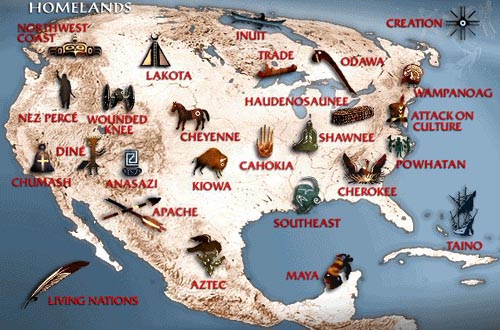By Kai
Pre-contact Europeans wore clothing made of natural materials such as animal skin and plant and animal-based textiles. Women wore long dresses and covered their hair, and men wore tunics and leggings. Both men and women liked to wear jewelry made from precious stones and metals as a sign of status. Before contact, Europeans had very poor diets. Most people were farmers and grew wheat and vegetables and raised cows and sheep to eat. They rarely washed themselves, and had many diseases because they often let their animals live with them.
Religion infused every part of Europeans’ lives. Europeans believed in one supreme deity, a father figure, who they believed was made of three parts, and they particularly worshiped the deity’s son. They claimed that their god had given humans domination over the earth. They built elaborate temples to him and performed ceremonies in which they ate crackers and drank wine and believed it was the body and blood of their god, who would provide them with entrance into a wondrous afterlife called heaven when they died. Many wars were fought over disagreements about the details of this religion, each group believing their interpretation was the right one that should be spread across the land.
Now imagine that is part of a textbook that has entire chapters on the Mississippian polities of the 1200s and a detailed account of the diplomatic situation of the southeastern provinces in the 1400s and 1500s, an enormous section that goes through the history of the rise of the Triple Alliance in Mexico and goes through the rule of each tlatoani and their policies, the heritage of Teotihuacan and its legacy in later Mesoamerican politics, elaborate descriptions of the trade routes that connected and drove various nations in North America. Long explanations of the rise of various religious movements such as the calumet ceremony and Midewiwin, and how they affected political agendas and artistic trends. Pages and pages and pages going through the past thousand years of American history century by century.
And these three paragraphs are the only mention of European history before the year 1500.


No comments:
Post a Comment